Best Western Premier Hotel Kukdo (베스트웨스턴 프리미어 호텔국도)
1.6Km 2020-04-04
164, Eulji-ro, Jung-gu, Seoul
+82-2-6466-1234
The Best Western Premier Kukdo (opened on March 1, 2007) was the first Best Western in Korea. Since then, the Best Western chain has expanded to include 15 different facilities (a total of 1,900 guestrooms) located all around the country.
Best Western Premier Kukdo offers subsidiary facilities such as a fusion restaurant, sky lounge, fitness center, and business center. Each of the 295 guestrooms has a bidet and high speed internet. Double rooms have a shower booth, while twin rooms have a bathtub.
From the sky lounge (21F) guests can get a great view of Bukhansan Mountain, Cheongwadae, Dongdaemun shopping center, and Myeongdong, not to mention a bird’s-eye view of Seoul nightscape. The hotel also offers VIP rooms that can accommodate up to 20 people and a number of other conveniences that makes this an ideal choice for those traveling for business. Myeongdong and Dongdaemun are only a 10-20 minutes away on foot.
Geumdong Hwaro Sutbulgui (금동화로숯불구이)
1.6Km 2021-03-19
35, Toegye-ro, 41-gil, Jung-gu, Seoul
+82-2-2264-3002
This Korean cuisine is located near Chungmuro Station, Seoul. The representative menu is spicy stir-fried boneless ribs. A Korean BBQ restaurant.
GAMMEEOK (감미옥)
1.6Km 2021-03-18
166-1, Jong-ro, Jongno-gu, Seoul
+82-2-2269-6933
A restaurant specializing in seolleongtang (ox bone soup) for over 30 years now. The best menu at this restaurant is ox bone soup. This is a Korean cuisine located in Jongno-gu, Seoul.
Ahn Junggeun Memorial Museum (안중근의사기념관)
1.6Km 2024-03-06
91, Sowol-ro, Jung-gu, Seoul
82-2-3789-1016
The Ahn Junggeun Memorial Museum honors the memory of Ahn Junggeun (1879-1910), an independence activist and soldier who advocated for Korean independence and peace in Asia. He fought against the Japanese to defend the Korean Empire (1897-1910). He was executed in 1910 for assassinating Hirobumi Ito, the Japanese who led the invasion of Korea in 1909, in Harbin, China.
Namsangol Hangawi Festival Samsamorak (남산골 한가위축제 삼삼오락)
1.6Km 2024-10-02
28 Toegye-ro 34-gil, Jung-gu, Seoul
+82-2-6358-5533
Namsangol Hangawi Festival Samsamorak is a traditional culture event that takes place every year during the Chuseok holiday period. Through the festival, visitors of all ages and nationalities can enjoy various culture programs for free at Namsangol Hanok Village in the heart of Seoul.
Gahoe Museum (가회민화박물관)
1.6Km 2024-10-22
52 Bukchon-ro, Jongno-gu, Seoul
+82-2-741-0466
Opened in 2002, Gahoe Museum exhibits folk paintings and amulets reflecting the lifestyle and wishes of the Korean people from ancient times. Inside the Hanok gallery, visitors can immerse themselves in the traditions of Korea, including old paintings depicting people's lifestyle in the past and religious beliefs, and roof tiles in the shape of humans or goblins. Visitors will also find folding screens and religious objects used in the past that show skills and knowledge of Korean ancestors.
Daesungjip (대성집)
1.6Km 2021-03-27
5, Sajik-ro, Jongno-gu, Seoul
+82-2-735-4259
Daejungjip has specialized in Dogani tang (ox knee joint soup) for 60 years. Customers can feel a simple and familiar ambience at the restaurant.
SAINT JAMES SAMCHEONG[Korea Quality]/세인트 제임스 삼청[한국관광 품질인증]
1.6Km 2024-06-26
78 , Samcheong-ro, Jongno-gu, Seoul
+82-742-4628(extension number 207)
The Saint James Samcheong store opened in July 2016 in Samcheong-ro, Jongno-gu, Seoul. The store exemplifies the quiet yet bustling atmosphere of the Samcheong-dong district, and is well-known for its marine styling. It sells men’s, women's and children's wear, plus shoes, bags and fashion accessories. Featured brands include SAINT JAMES (France), BUDDY (Japan), VEJA (France), SOLUDOS (USA), and BRONTE (Netherlands).
Saint James - Samcheong Branch [Tax Refund Shop] (세인트제임스 삼청)
1.6Km 2024-04-23
B2F, 124, Singomae-ro, Giheung-gu, Yongin-si, Gyeonggi-do
-
SOSO House (소소하우스)
1.6Km 2024-12-13
16-5 , Pirundae-ro 5ga-gil, Jongno-gu, Seoul
+82-10-5286-0704
Soso House is a private hanok stay located in Seochon, Jongno-gu, Seoul. Once you enter the gate, you are greeted by a small yard paved with stones and an alpine apple tree. There is a stool on one side of the yard where you can enjoy a cup of tea on a sunny day. In the daecheong maru (wooden-floored hall, there is a master bedroom on one side and a kitchen on the other, and the master bedroom has an attic. Cooking is allowed, and complimentary breakfast includes toast, salad, and coffee, as well as complimentary homemade fruit syrup and tea bags. Gyeongbokgung Palace, Seoul Museum of History, and Park No-Soo Art Museum are all within walking distance.
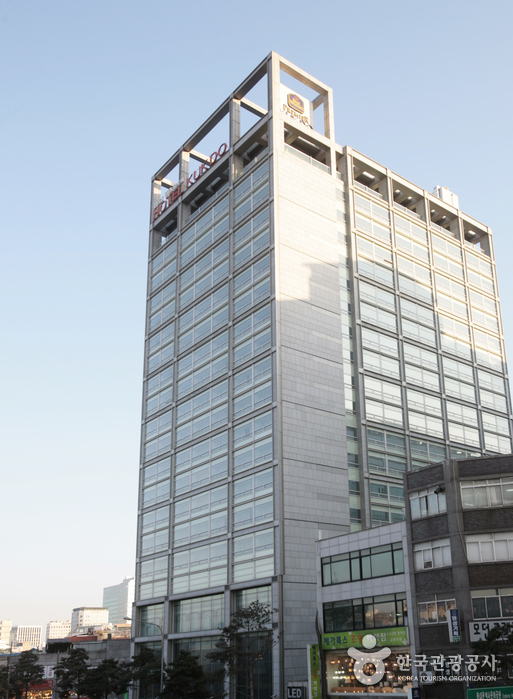
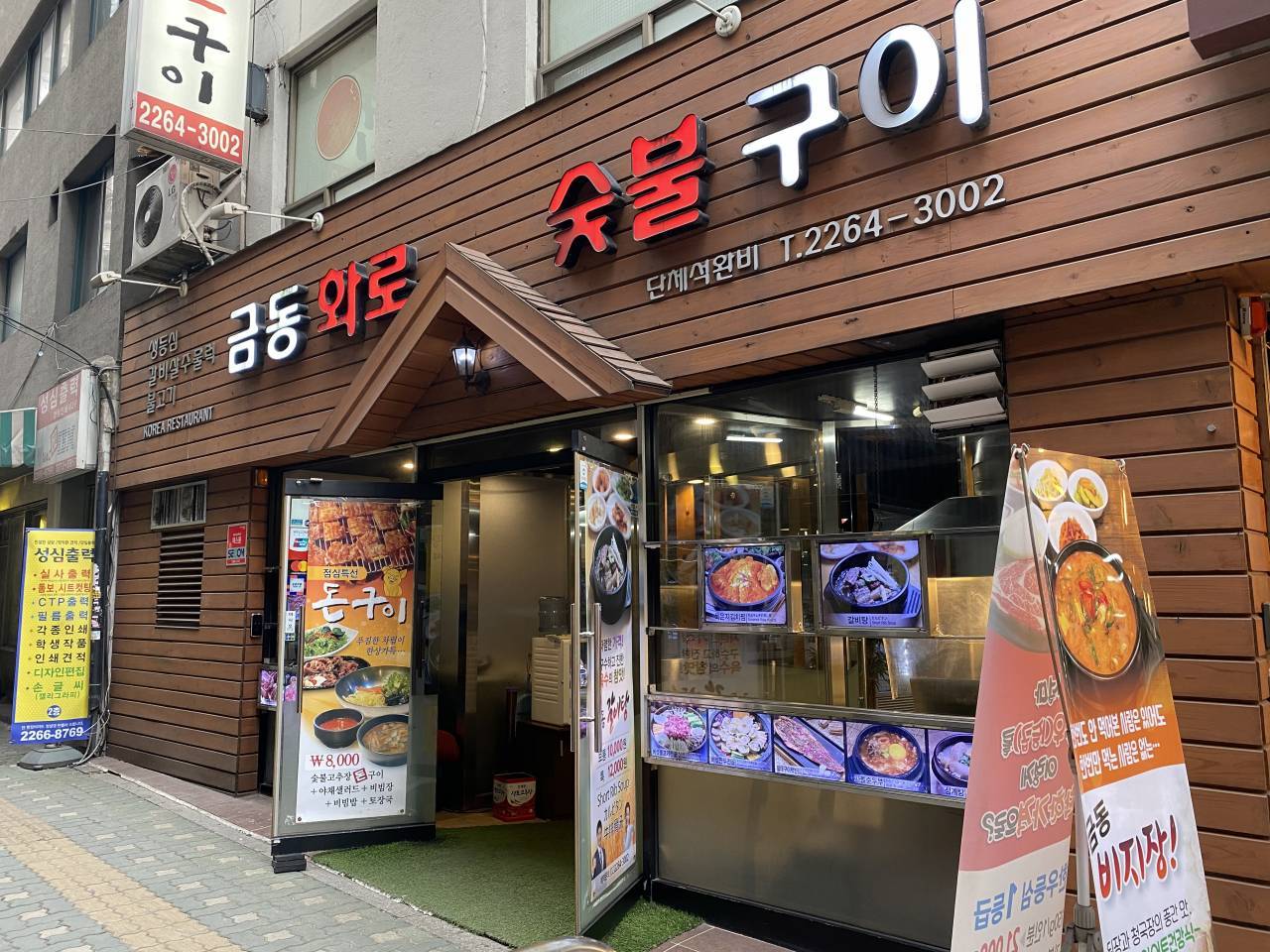
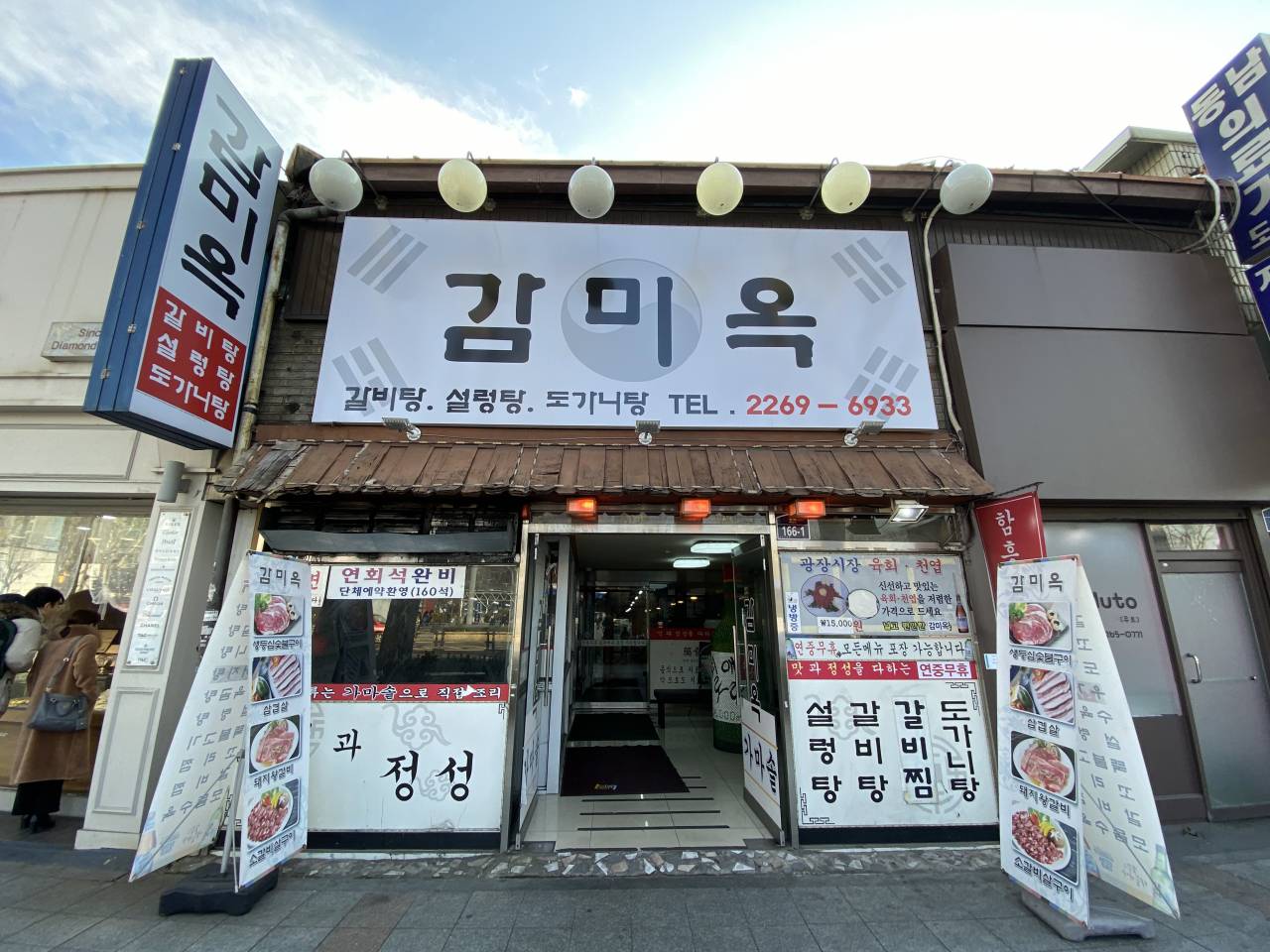
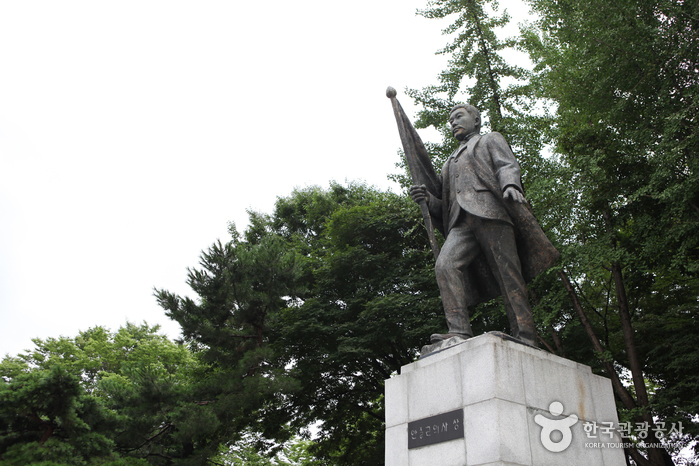
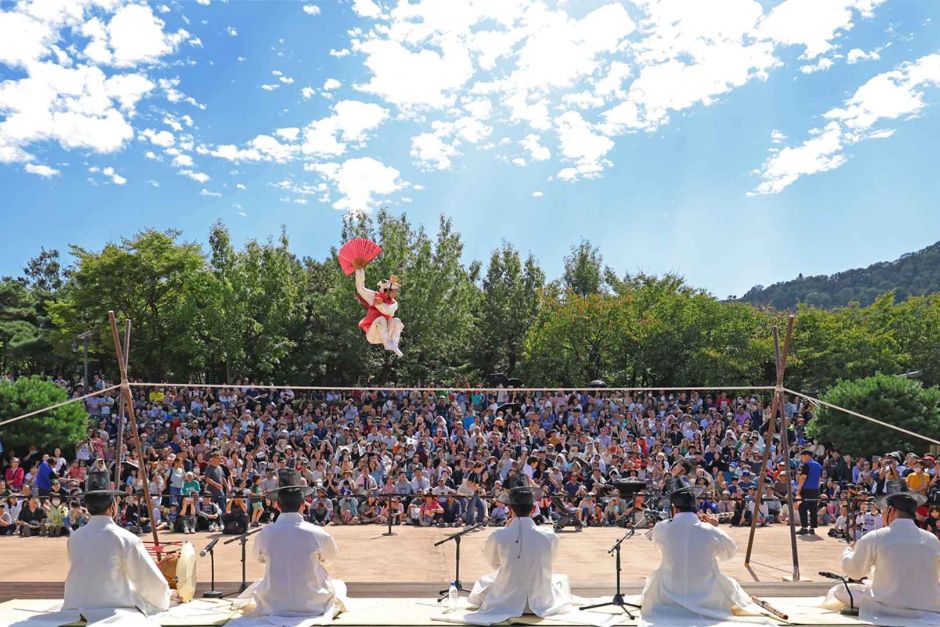
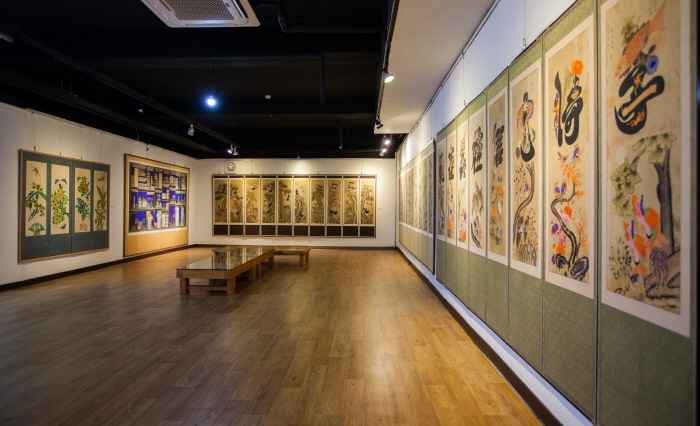
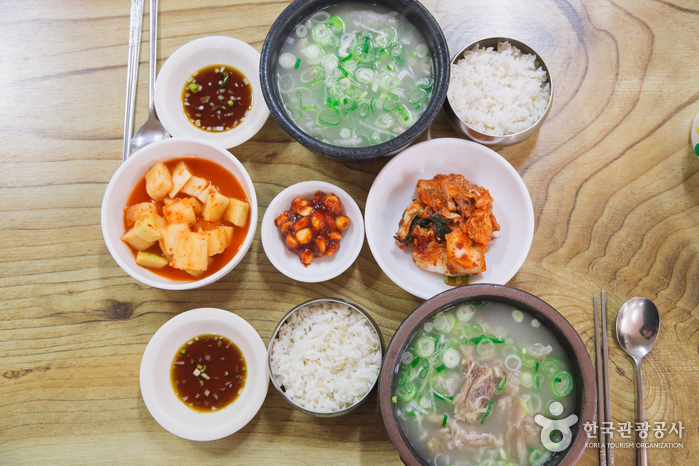
![SAINT JAMES SAMCHEONG[Korea Quality]/세인트 제임스 삼청[한국관광 품질인증]](http://tong.visitkorea.or.kr/cms/resource/08/2628608_image2_1.jpg)
![Saint James - Samcheong Branch [Tax Refund Shop] (세인트제임스 삼청)](http://tong.visitkorea.or.kr/cms/resource/56/2889656_image2_1.jpg)
 English
English
 한국어
한국어 日本語
日本語 中文(简体)
中文(简体) Deutsch
Deutsch Français
Français Español
Español Русский
Русский